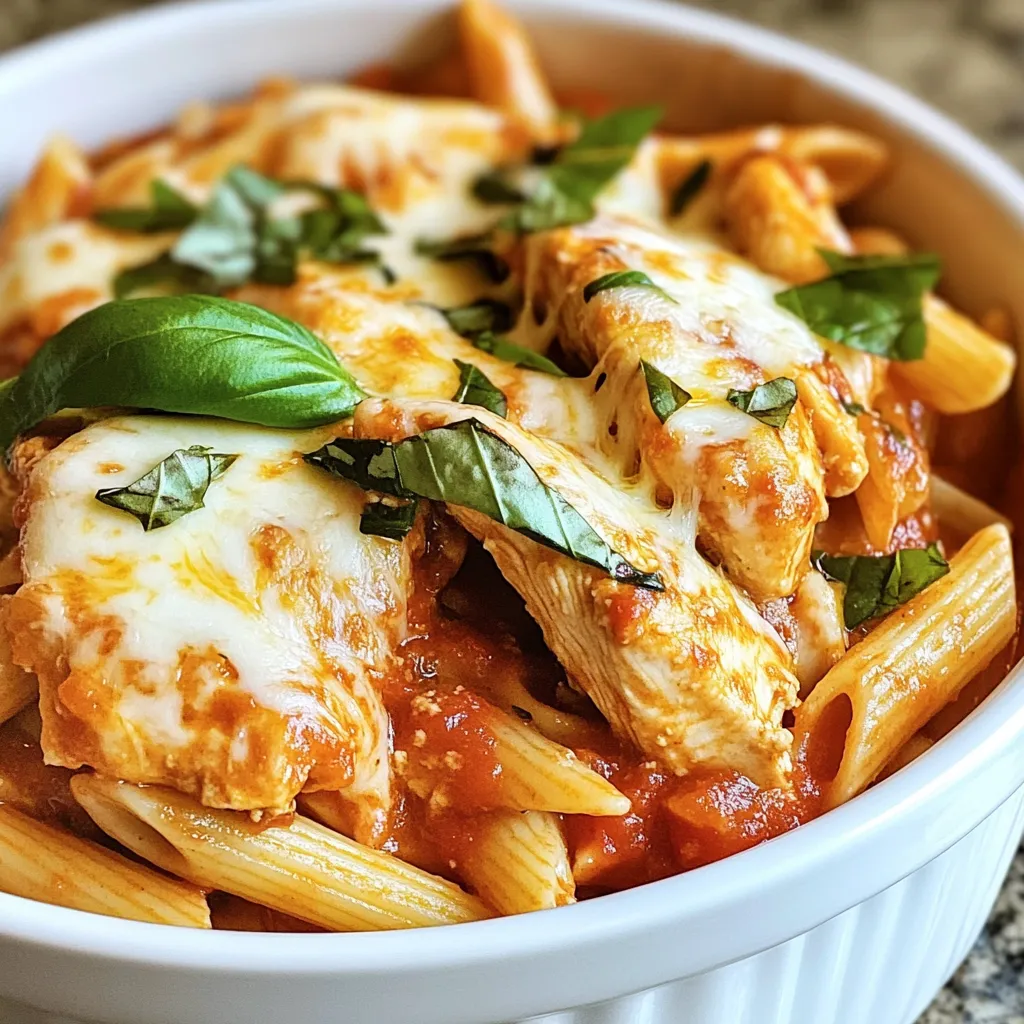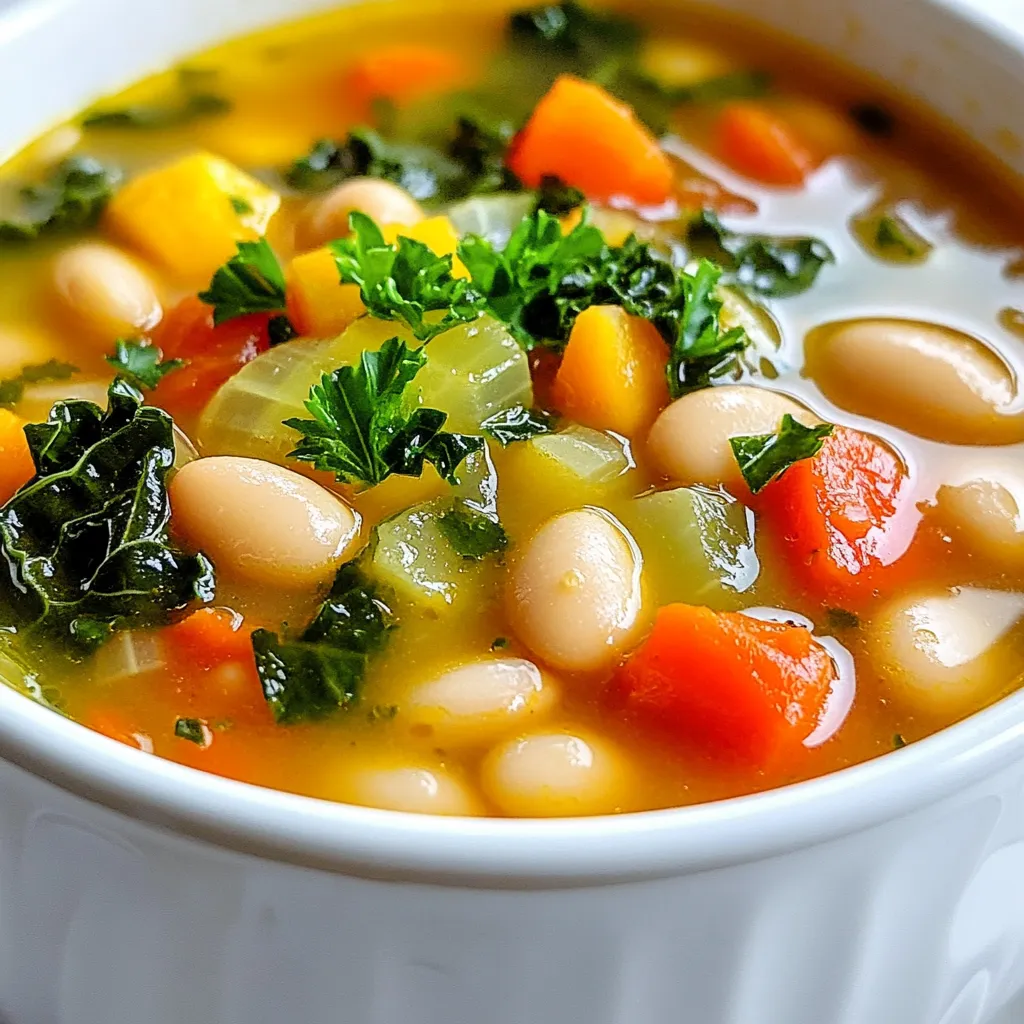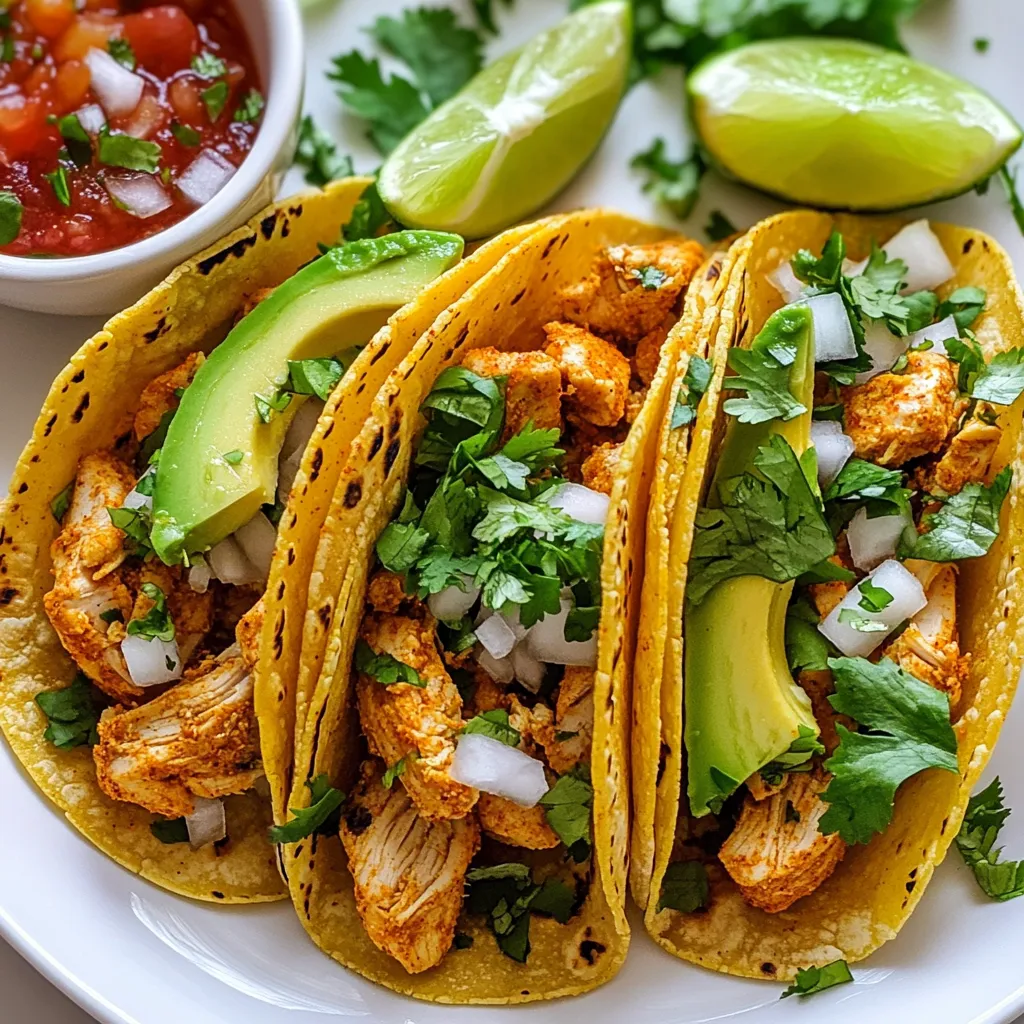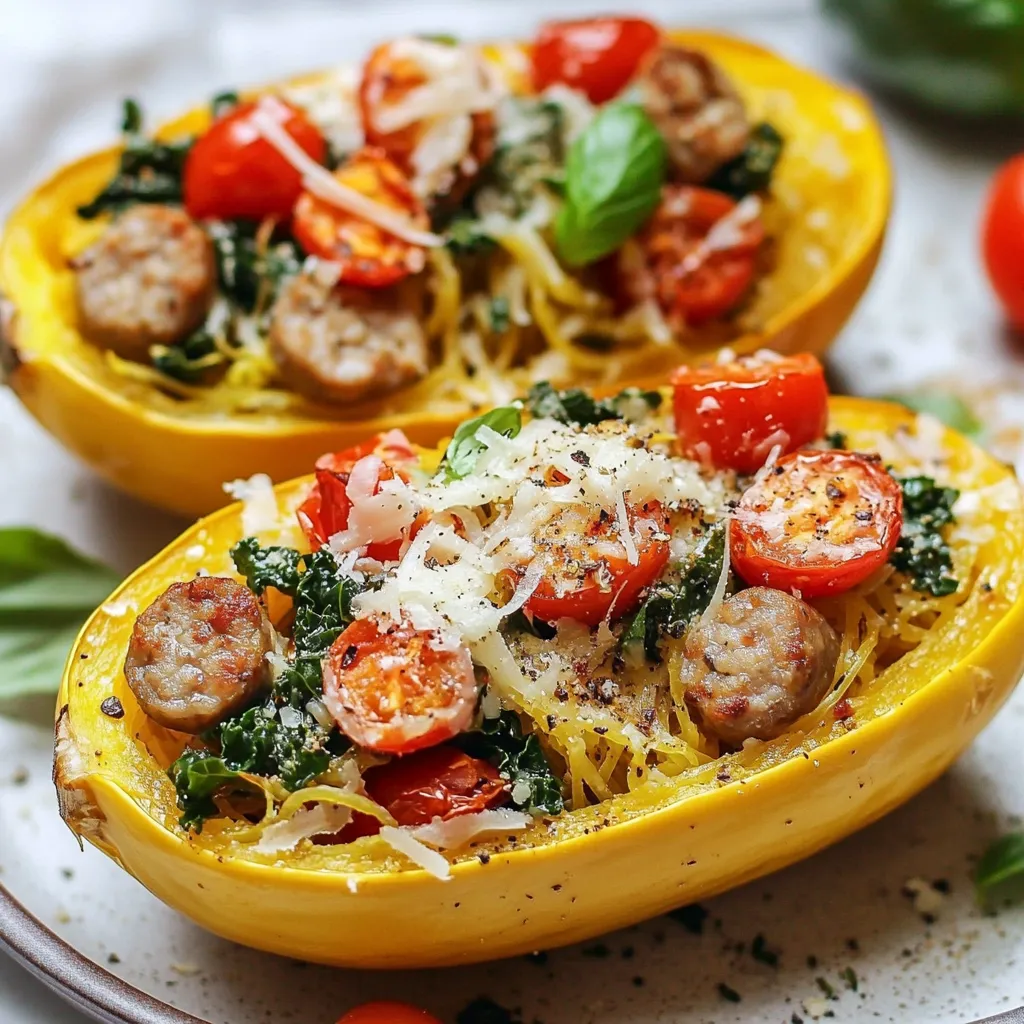Dinner

Protein Chicken Parmesan Pasta Quick and Easy Recipe
Craving a tasty dish that’s high in protein and easy to make? Look no further! My Protein Chicken Parmesan Pasta combines juicy chicken with al

Tuscan White Bean Soup Flavorful and Simple Recipe
If you’re craving a warm, hearty meal that’s both simple and delicious, Tuscan White Bean Soup is a perfect choice. Packed with flavor and nutritious

Italian Sausage Orzo Soup Hearty and Comforting Meal
If you’re craving a warm, comforting meal, look no further than Italian Sausage Orzo Soup. This dish blends savory sausage, fresh vegetables, and tender orzo

Colorful Vegetable Soup Packed with Flavorful Goodness
Are you ready to whip up a delicious bowl of Colorful Vegetable Soup? This dish is more than just a feast for the eyes; it’s

Street Style Chicken Tacos Flavorful and Simple Meal
Craving a quick, tasty meal? Street style chicken tacos are your answer! In this post, I’ll share my simple recipe for these flavorful tacos. You’ll

Yaki Udon Noodles Flavorful and Simple Recipe Guide
Yaki Udon noodles offer a tasty and easy meal perfect for any night. In this guide, I’ll share my simple recipe to help you make

Keto Garlic Parmesan Chicken Flavorful and Easy Recipe
Are you ready to impress your family with a simple yet delicious dish? This Keto Garlic Parmesan Chicken is not only full of flavor, but

One-Pan Honey BBQ Chicken and Rice Delightful Meal
Are you ready to savor a delicious meal made easy? One-Pan Honey BBQ Chicken and Rice combines rich flavors with simple steps. You’ll enjoy crispy

Creamy Roasted Garlic Tomato Soup Flavorful and Easy
If you’re ready to delight your taste buds, this Creamy Roasted Garlic Tomato Soup is a must-try! I’ll guide you through simple steps to create

Autumn Sausage Pasta Squash Tasty and Easy Dinner
Looking for a warm, cozy dinner idea this autumn? This Autumn Sausage Pasta Squash dish is packed with flavor and ease, making it perfect for